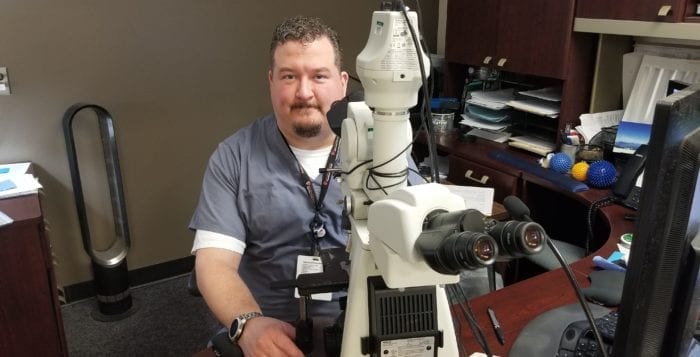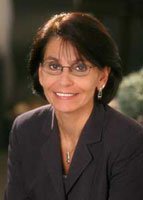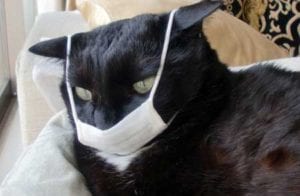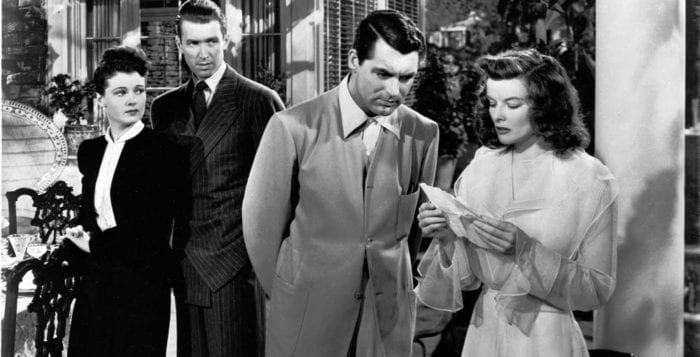By Joanna Chickwe, MD
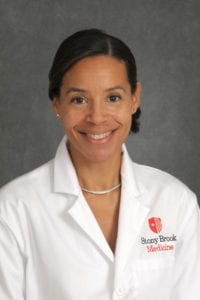
February means heart health awareness, but taking care of your heart requires a year-round commitment that has lifelong benefits. What will you do differently to take better care of your heart?
Heart disease can affect anyone, regardless of gender, age or background. That’s why all of our cardiac care experts at Stony Brook University Heart Institute remain focused on how to best prevent heart disease and heal the heart.
We fight cardiovascular disease from every angle, using the best that cardiovascular medicine can offer: risk factor prevention; state-of-the-art diagnostics, such as 3-D cardiovascular imaging; advanced minimally invasive interventions, including mitral valve repair using a patient’s own valve tissue versus an artificial heart valve; and advanced lifesaving technology, including ECMO (extracorporeal membrane oxygenation) that gives new hope to people with a serious heart or lung failure.
In the hands of our highly trained heart specialists, these and other important new state-of-the-art therapies are changing cardiac care and lives:
• Transcatheter aortic valve replacement (TAVR) for patients with inoperable aortic stenosis (failing heart valves)
• MitraClip, a less invasive treatment option for mitral regurgitation (caused by a leaky mitral valve), for patients who are not candidates for open-heart surgery
• The HeartMate 3 left ventricular assist device (LVAD) for patients with advanced heart failure
• Watchman to provide lifelong protection against stroke in appropriate patients for heart rhythm disorders
• Impella, the world’s smallest heart pump, making procedures safer for high-risk individuals
And while we hope that you and your family never need our acute cardiac services, you can be assured knowing that Long Island’s only accredited Chest Pain Center is right in your community. As one of only nine Chest Pain Centers statewide, Stony Brook Heart Institute is a leader in saving the lives of heart attack victims.
Since “time is muscle” when it comes to treating heart attacks, it is critical to treat patients as fast as possible, so less muscle is damaged. Stony Brook has achieved a “door-to-balloon” time, spanning the arrival at the hospital until the blockage is cleared, of 55 minutes — much better than the American College of Cardiology and the American Heart Association guidelines to open the blockage in 90 minutes or less.
And, if you suspect a heart attack, it’s best to call 911. Ambulances are equipped with defibrillators and most are equipped with 12-lead EKGs (electrocardiograms), which means they can transmit results to the hospital while en route. At Stony Brook, we assemble the treatment team and equipment you need before you arrive.
Have a question about heart disease prevention? Seeking a solution to a cardiac problem? Call us at 631-44-HEART (444-3278). We’re ready to help.
Joanna Chikwe is the director of Stony Brook University Heart Institute; chief, Cardiothoracic Surgery; and T.F. Cheng professor of cardiothoracic surgery.










